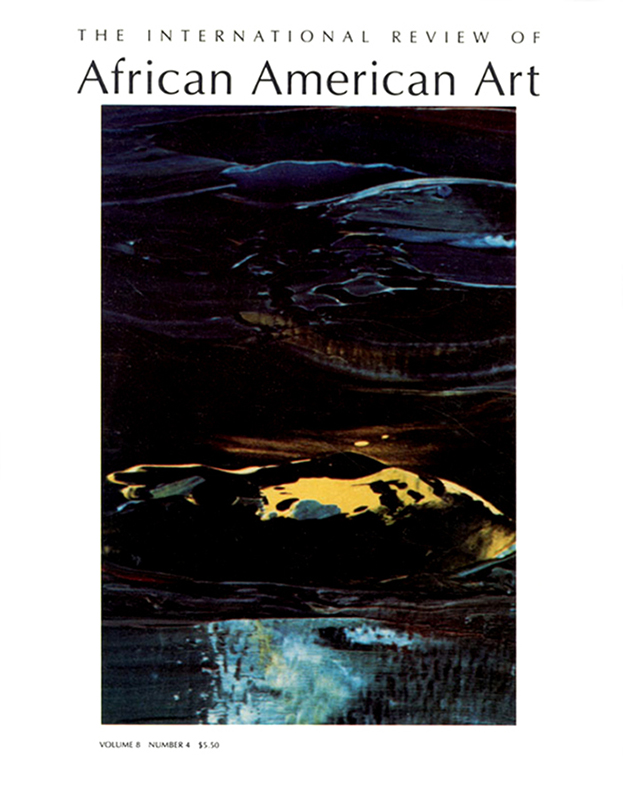Description
Publisher/Editor
Samella Lewis, Ph.D.
Associate Editor
M. J. Hewitt, Ph.D.
Some of the most renowned African American artists emerged during the 1930s and 1940s. It was after the Stock Market Crash of 1929. The heady days of “the New Negro” and the “Harlem Renaissance” had come to a close, but many of their active participants continued to find creative outlets which evolved out of the Works Progress Administration (W.P.A.) programs of the New Deal in response to the Great Depression, the expansion of art departments in traditionally Black universities, the growth of urban community center programs, and private philanthropy. Loïs Mailou Jones attributes some of this energy in the visual arts to the exhibitions which were introduced by The Harmon Foundation, a philanthropic trust founded in 1922 by William Elmer Harmon, a wealthy white real estate magnate, who was convinced by Dr. Alain Locke and Dr. George Edmund Haynes to reserve a considerable sum for awards for Black achievement. In 1928, the foundation began its long and generous support of Black art by sponsoring the first all–Black art exhibition in the United States at the International House in New York City. By 1933, five such exhibitions had been held. In spite of what the critics considered to be an uneven beginning in terms of standards, the exhibitions continued, showcasing the works of African American artists of proven merit, artists whose place in American art goes unchallenged.
The urbanization of African Americans in the Great Migration of 1915–1930, considered by some to be the most spectacular internal migration in history, facilitated the cultural renaissance and offered many Black artists the advantage of study in the great academies and museum schools of the North. Art departments in traditionally Black universities were expanded and great artists/mentors we associate with the period became integral to these institutions: James Herring, James Porter, Loïs Mailou Jones, James Lesesne Wells, and Alonzo Aden at Howard University, with the “hovering presence of Alain Locke,” as Cedric Dover described his role; Aaron Douglas at Fisk University in Nashville, TN; and Hale Woodruff at Atlanta University. Atlanta University instituted its annual exhibitions in 1941 under Woodruff’s direction, another force attributed by Loïs Jones to the emergence of many artists of renown—those featured in this special issue of The International Review of African American Art, as well as the many who are not. Some have been featured in prior issues; others will be featured in future issues.
—Excerpt from “Introduction: Artists of the 30s and 40s” by M.J. Hewitt, Ph.D.
Feature Articles and Contributors:
“Introduction: Artists of the 30s and 40s”, M.J. Hewitt, Ph.D.
“No Ordinary American Painter: William Henry Johnson (1901–1970)”,
Leslie King–Hammond, Ph.D.
“Romare Bearden”, June Kelly
“Color Structure and Design: The Artistic Expressions of Loïs Mailou Jones”, Tritobia H. Benjamin, Ph.D.
“Ellis Wilson’s Pursuit of a Theme on Labor”, David Duckworth
“Ruth Waddy: A California Signature”, Samella Lewis, Ph.D.
Bibliographic Details
Title: The International Review of African American Art
Publisher:
Multicultural Arts, Inc., Los Angeles, California & The International Review of African American Art, Inc., Hollywood, Florida
Publication Date: 1991
Binding: Pictorial Softcover
Book Condition: Good
Book Type: Quarterly Magazine
Funding:
Made possible, in part, by grants from the National Endowment for the Arts and the California Arts Council.
Shipping Terms:
All books are padded and wrapped carefully. Most are shipped in a box, unless very small, in which case they will be shipped in a padded envelope.





Reviews
There are no reviews yet.